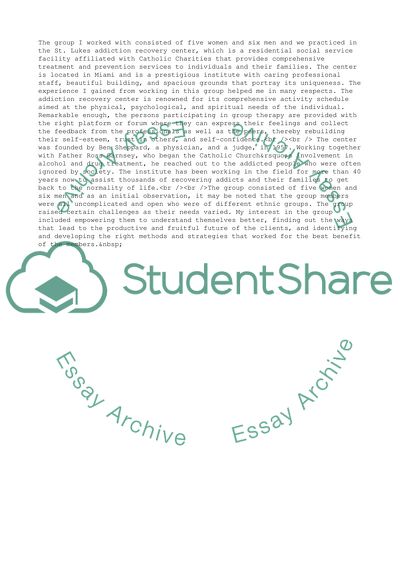Cite this document
(Evaluation of Group Practice Case Study Example | Topics and Well Written Essays - 2500 words, n.d.)
Evaluation of Group Practice Case Study Example | Topics and Well Written Essays - 2500 words. Retrieved from https://studentshare.org/management/1710342-evaluationof-group-practice
Evaluation of Group Practice Case Study Example | Topics and Well Written Essays - 2500 words. Retrieved from https://studentshare.org/management/1710342-evaluationof-group-practice
(Evaluation of Group Practice Case Study Example | Topics and Well Written Essays - 2500 Words)
Evaluation of Group Practice Case Study Example | Topics and Well Written Essays - 2500 Words. https://studentshare.org/management/1710342-evaluationof-group-practice.
Evaluation of Group Practice Case Study Example | Topics and Well Written Essays - 2500 Words. https://studentshare.org/management/1710342-evaluationof-group-practice.
“Evaluation of Group Practice Case Study Example | Topics and Well Written Essays - 2500 Words”. https://studentshare.org/management/1710342-evaluationof-group-practice.


